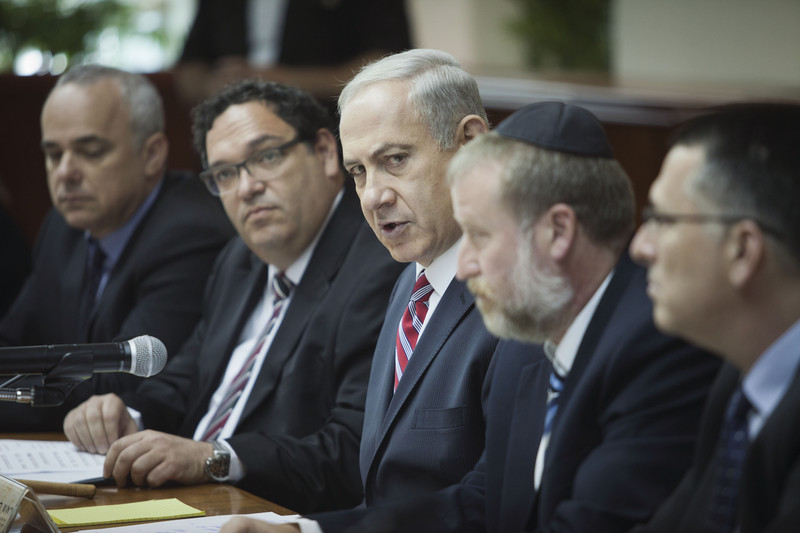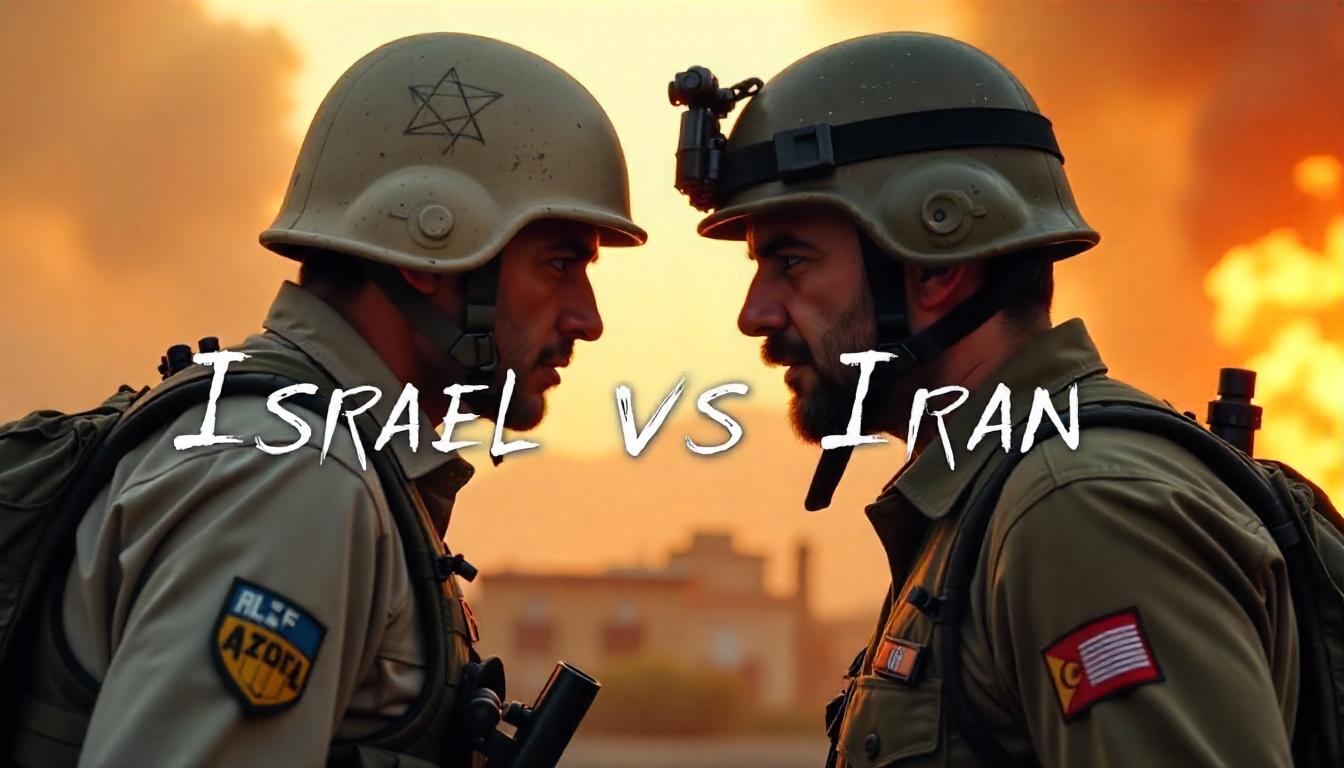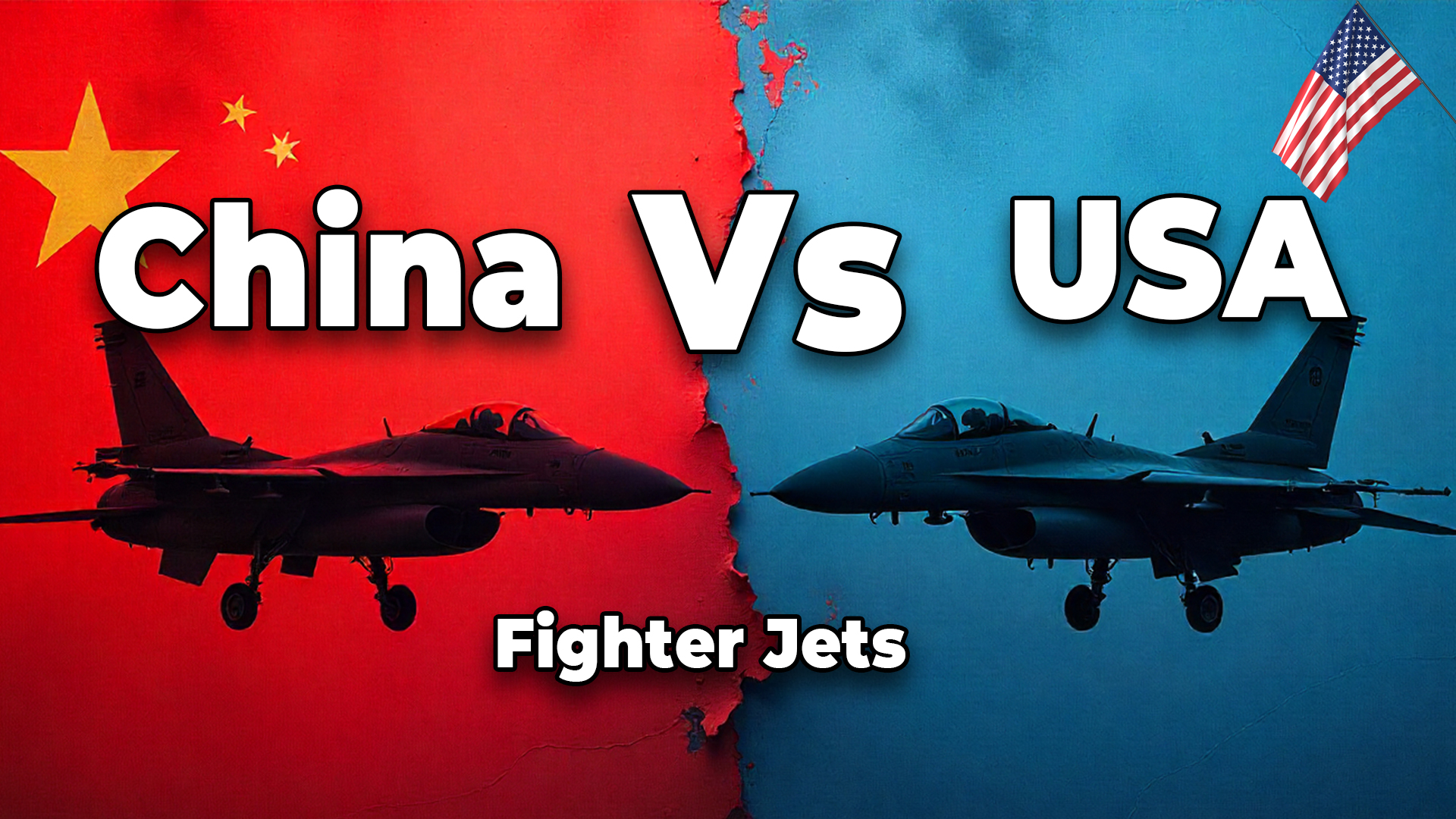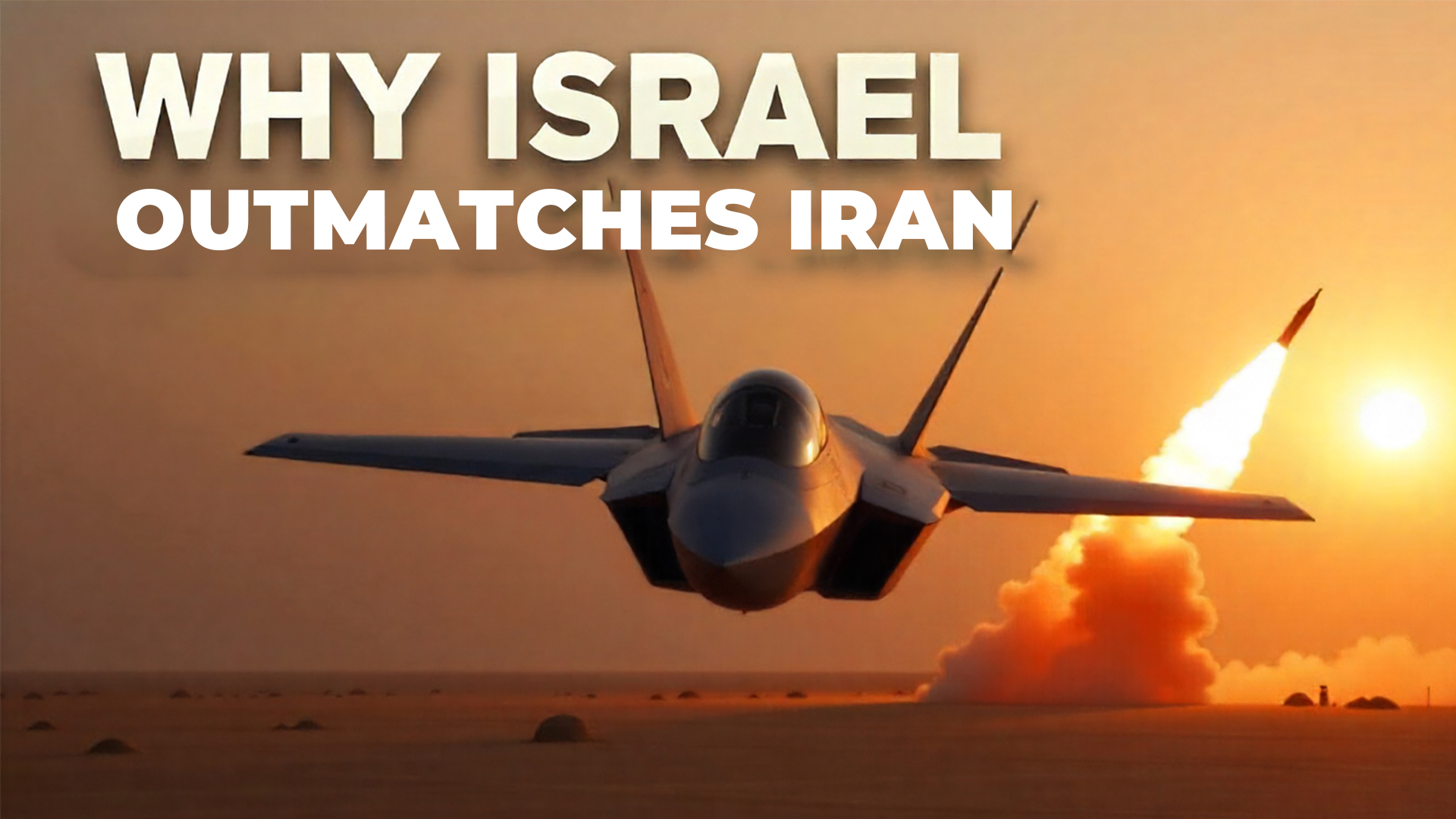The Israel–Iran conflict has deep historic roots and has rapidly escalated into a serious regional confrontation. Here’s an in-depth look at the tensions, motivations, and recent developments reshaping the Middle East landscape.
🕰️ Historical Context
- Origins: Once allies under Iran’s Shah (1950s–1979), relations between Israel and Iran collapsed following the Islamic Revolution, which brought anti-Israel sentiment into Iran’s foreign policy—with Tehran now supporting groups like Hamas, Hezbollah, and Houthi rebels as part of its “Axis of Resistance” 1|2|3|4
- Proxy confrontations: For decades, Israel and Iran have clashed indirectly through conflicts in Lebanon, Syria, Iraq, and Yemen, with arch-rival militias operating on both sides .
⚛️ The Nuclear Tipping Point
- Nuclear ambition: Iran’s decision to enrich uranium up to 60%—close to weapons-grade—has heightened fears in Israel, which views a nuclear Iran as an existential threat. 5
- Breakdown of oversight: With the JCPOA dormant and Iran throwing inspectors out, a strategic window opened for Israel to act militarily. 6
🛫 Direct Military Escalation
- October 2024: “Operation Days of Repentance”—Israel struck Iran’s nuclear, missile, and air-defense sites, severely degrading its military capability 7
- October 2024: Iran’s counterattack—In response, Iran launched ~180 missiles at Israel (Operation True Promise II); Israeli defenses intercepted most but some damage and casualties occurred 8
🚀 June 2025: Full-Blown Air War
- Israel’s “Rising Lion” strike: On June 13, 2025, Israel launched a massive pre-emptive attack using F‑35 jets, drones, and Mossad operatives—killing top IRGC commanders and nuclear scientists and damaging enrichment sites 9
- Iran’s powerful retaliation: Iran responded with over 100 drones and a barrage of ballistic missiles targeting Israel, hitting civilian areas and signaling a formal escalation 10
🌐 Regional & Global Implications
- Proxy and alliance shifts: Iran’s influence continues shrinking in Syria, Lebanon, and Iraq; without Assad or Hezbollah as fully loyal allies, its regional power wanes 11
- Potential nuclear domino: Increased tensions risk prompting regional rivals like Saudi Arabia and Turkey to consider pursuing nuclear options 12
- Global risks: The fighting threatens vital energy routes, shipping lanes (e.g. Red Sea), and causes volatility in oil markets, prompting urgent calls for restraint .
⚖️ Strategic Assessments & What Comes Next
- Israel’s rationale: Netanyahu claims these strikes were preemptive, targeting Iran’s advanced capability while avoiding civilian casualties
- Iran’s posture: Iran has abandoned passive deterrence, signaling it is willing to directly confront Israel to defend its interests 13
- U.S. role: The U.S., particularly under Trump, has reiterated unwavering support for Israel but denies direct involvement. However, the deployment of American air-defense assets suggests strategic alignment with Israel .

Israeli Prime Minister Benjamin Netanyahu (C). [EPA/DAN BALILTY / POOL]
✅ Takeaways
- The Israel–Iran conflict has moved from a covert proxy war to overt, high-stakes military confrontation.
- Strategic power balances in the Middle East are shifting rapidly, increasing the risk of broader regional conflict.
- Nuclear ambitions, shattered alliances, and global repercussions mean this crisis could reshape security and diplomacy for years to come.
Sources
- nytimes.com ↩︎
- eurasiareview.com ↩︎
- warontherocks.com ↩︎
- forumforglobalstudies.com ↩︎
- max-security.com ↩︎
- vox.com ↩︎
- en.wikipedia.org. ↩︎
- en.wikipedia.org. ↩︎
- theguardian.com ↩︎
- washingtonpost.com. ↩︎
- reuters.com ↩︎
- theguardian.com. ↩︎
- reuters.com ↩︎





